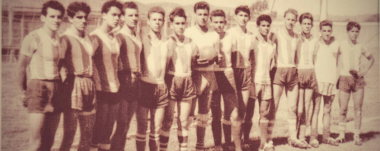Post-Independence Costa Rica: Patriarchal State
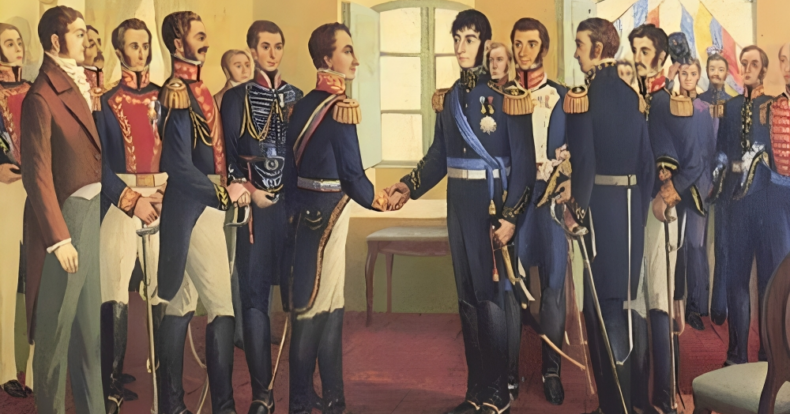
The Patriarchal State is one of the periods that Costa Rica had as a consequence of the independence movement. Learn about the important events.
Becoming an independent country was not easy for Costa Rica. It had to go through several important events in order to become aware of its identity. These events are compiled in the article In Search Of An Identity: Costa Rica After Independence.
What happened after the events?
The events mentioned in the article are part of the beginning of what we call the “Patriarchal State”, which in Costa Rica goes from 1821 to 1848.
Why Is It Called Patriarchal State?
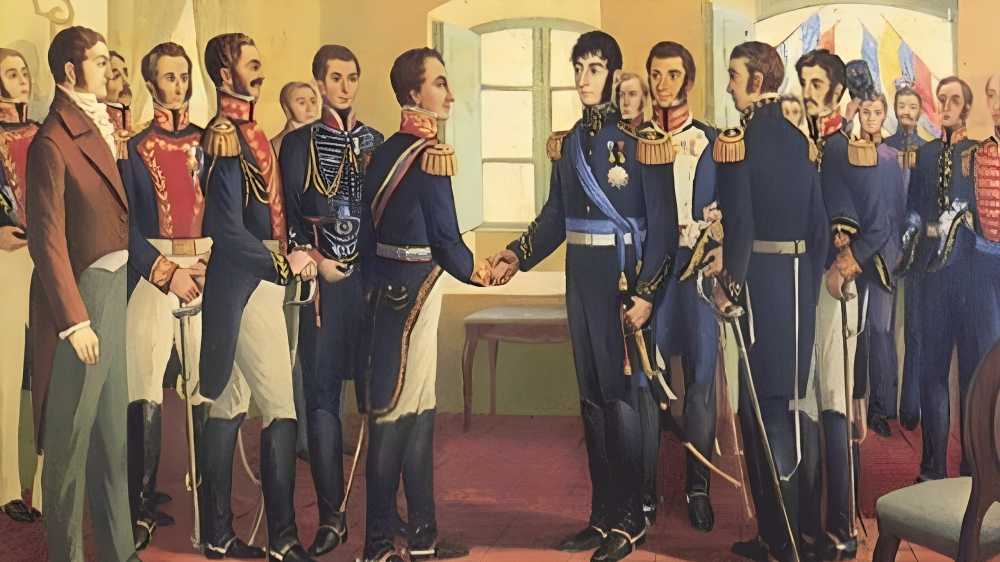
Let us take into account the definition of patriarchy according to sociology: a social system in which men hold primary power and predominate in roles of political leadership, moral authority, social privilege and control of property.
Indeed, during the period from 1821 to 1848, the country’s leaders and those in authority were men. For this reason, historians decided to give it this name and mark the era of the “founding men” of Costa Rica.
Important Events Of The Patriarchal State Of Costa Rica
During these years, several relevant events for the development of the country took place. These are some of them:
- Creation of the Legislative Assembly
- Creation of the Supreme Court of Justice
- Creation of the Ley de la Ambulancia (Ambulance Law)
- La Guerra de la Liga (The War of the League)
- José María Castro Madriz’s Government
Creation of the Legislative Assembly
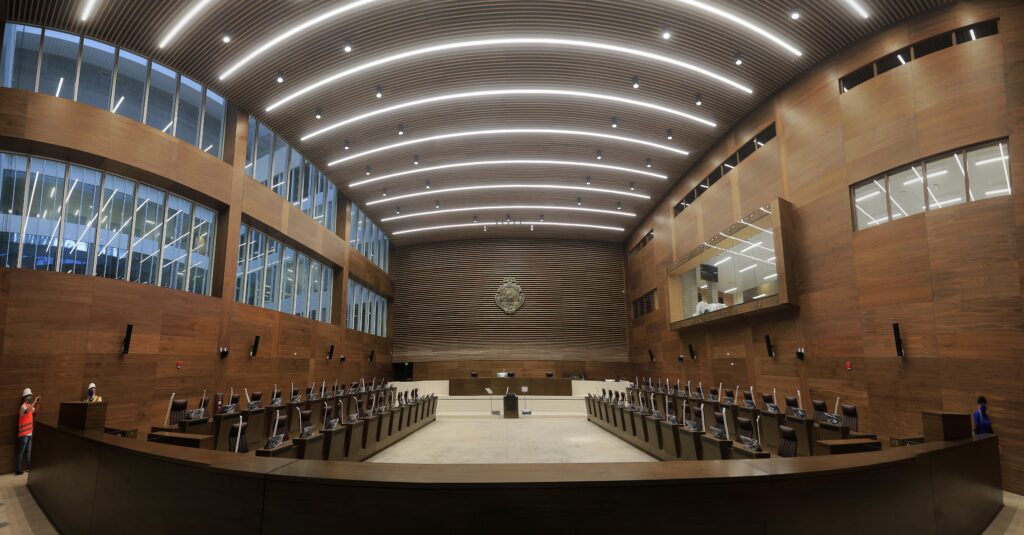
The Costa Rican Parliament is called the Legislative Assembly and is the body that represents the voice of the people of Costa Rica. In this capacity, it can exercise the legislative power to dictate, reform, repeal and authentically interpret the laws that regulate the Costa Rican State.
Then in 1824, adopting the republican system, the three powers were created in Costa Rica: Judicial, Legislative and Executive. However, it was not until 1825 that the legislative branch was created thanks to the Fundamental Law of the Free State of Costa Rica.
Interestingly, from 1825 to 1949, 82 congresses were formed, which allowed the approval of important legislation for the country and contributed to the preservation of the country’s institutionality. It is for this reason that in November 1949 the congress was identified with its current name: Legislative Assembly.
Creation of the Supreme Court of Justice
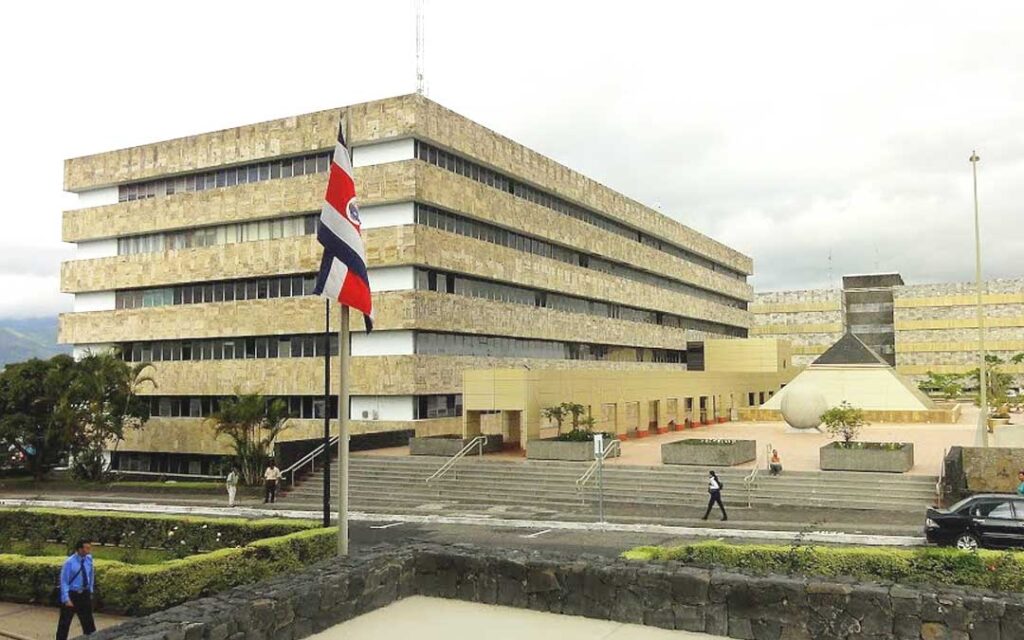
The Supreme Court of Justice is the highest court of the Costa Rican Judicial Power. Thanks also to the Fundamental Law of the Free State of Costa Rica, the Judicial Power could be constitutionally established.
At first the Court had problems in its installation in 1826 because at this time, Costa Rica had few lawyers. This meant that the Judicial Power could not fully comply with the obligations stipulated by the Political Constitution.
It was in October 1826 that the Court was installed and its first President was the Nicaraguan José Simeón Guerrero de Arcos y Cervantes. In fact, the first presidents of the Court were Nicaraguan and Guatemalan; until 1837 there was a Costa Rican president, Don Luz Blanco y Zamora.
For 20 years, the administration of justice was based on the Laws of the Indies, traditional Castilian Law, the laws of the Spanish Courts and other provisions issued by legislative bodies of Costa Rica and the Central American Federation. In 1841, the government of Braulio Carrillo Colina issued the General Code of the State of Costa Rica, which comprised three parts: civil, criminal and procedural. This code laid the foundations of Costa Rican law.
In 1843, José María Alfaro Zamora called for a Constituent Assembly. A year later, the assembly promulgated the new Political Constitution, which included the name Supreme Court of Justice and increased the number of magistrates to seven.
Creation of the Ley de la Ambulancia (Ambulance Law)
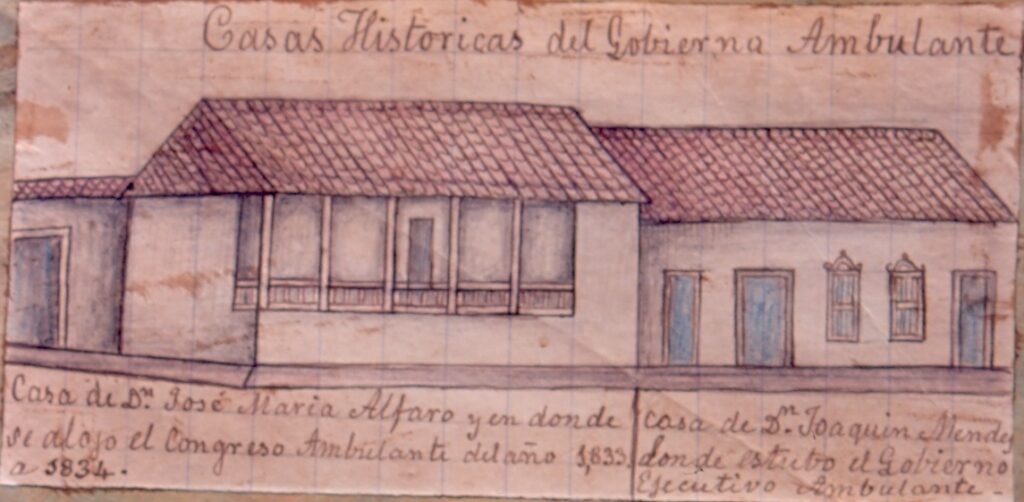
The Ambulance Law was a law issued in Costa Rica in 1834. It dictated that the government of the State of Costa Rica (within the Federal Republic of Central America) should rotate its capital every four years between the cities of Alajuela, Heredia, Cartago and San José.
Actually, since 1563, Cartago had been the capital of the Province of Costa Rica, but in 1823, the capital became the city of San José.
In 1833, the Carthaginians proposed José Rafael de Gallegos y Alvarado as Head of State of Costa Rica and used him to return the capital to Cartago. Their plan was to establish the Ambulance Law so that when it was Cartago’s turn, they would remove the law.
It is important to mention that, during the first half of the 19th century, the inhabitants of Costa Rica did not identify themselves as Costa Ricans, but rather as heredianos, alajuelenses, nicoyanos, etc. There was no national identity and no city wanted to be governed by another; on top of that, they all wanted to be the capital.
La Guerra de la Liga (The War of the League)
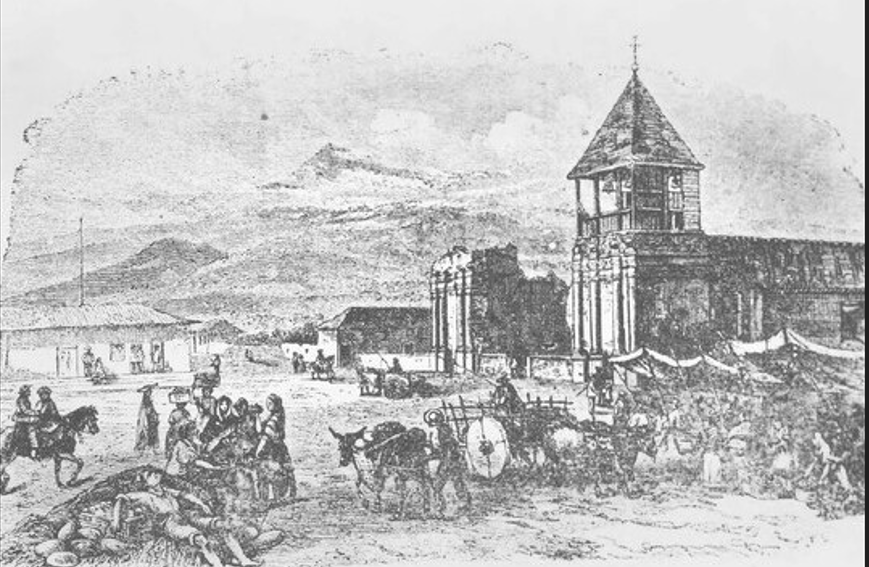
The War of the League is the second civil war of Costa Rica, being at that time a member state of the Federal Republic of Central America.
Why did the war break out? Its trigger was the repeal of the Ambulance Law. In fact, after this law was imposed, the city of San José created a newspaper called “La Tertulia” to mock Rafael Gallegos, the Ambulance Law and the peasants of Alajuela.
For this reason, Gallegos resigned from his position as head of state in 1835 and as a replacement was elected the neighbor of San José, Braulio Carrillo Colina, who almost immediately eliminated the Ambulance Law.
It was then decided that a new capital should be founded in a neutral space and the area called San Juan del Murciélago (Tibás), between San José and Heredia, was chosen. When the ambulance law was repealed, Alajuela protested since the city was to be the capital until 1838.
On September 26, 1835, Cartago disowned the government of Braulio Carrillo and named Nicolás Ulloa Soto as Head of State to reestablish the Ambulance Law. Alajuela accepted Ulloa’s government and days later, Heredia joined the fight against San José. Thus the League of Three Cities was completed and the Civil War began.
San José triumphed and consolidated its position as the capital of Costa Rica.
The José María Castro Madriz’s Government
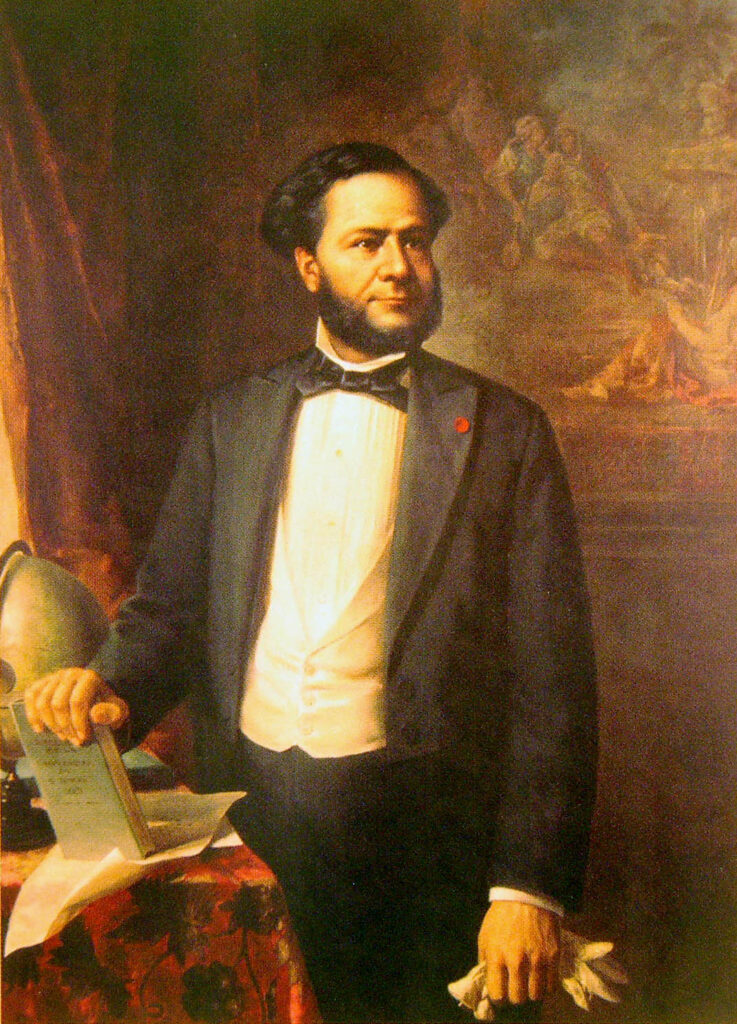
José María Castro Madriz was the last head of state and the first president of Costa Rica. In 1847, he was elected Head of State at the age of 28, being the youngest ruler in our history.
The Castro Madriz administration was combated by the opposition and in the face of threats of a military pronouncement, the president preferred to withdraw from the presidency. His resignation was accepted by the Congress, which gave him the title of Founder of the Republic. He was decorated with a gold medal and was the first person to be named as a distinguished citizen of the country.
During his administration, the following were created: the University of Santo Tomás (1843); the Mentor Costarricense (1842); El costarricense (1847). In addition, Costa Rica was declared a Free, Sovereign and Independent Republic on August 31, 1848 and on September 29 of the same year, the national symbols were decreed: the Flag and the Coat of Arms.
Sensorial Sunsets
Navigate articles




